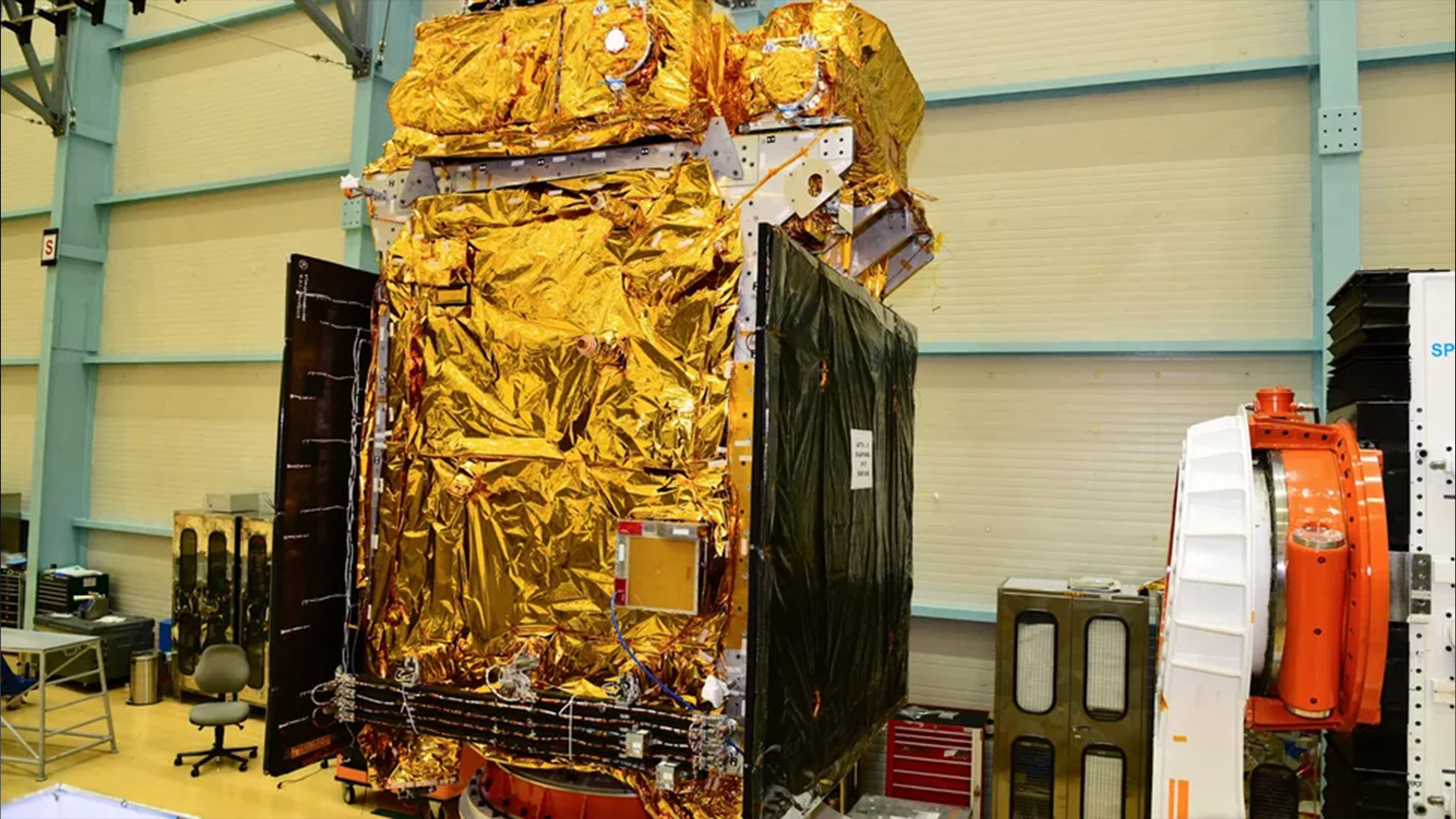
India is gearing up for its first-ever mission to study the sun.
The mission's observatory, called Aditya-L1 ("Aditya" means "sun" in Sanskrit), has arrived at its launch site on the island of Sriharikota, on India's east coast, and is due to launch on Sept. 2, according to the Indian Space Research Organisation (ISRO), India's national space agency.
The ISRO announced the planned launch date on X (formerly known as Twitter) on Aug. 28, several weeks after sharing the first pictures of the spacecraft on Aug. 13.
Related: India lands on moon! Chandrayaan-3 becomes world's 1st spacecraft to land near lunar south pole
While the sun has been studied for a long time, scientists are still puzzled by how its outermost atmospheric layer, known as the corona, gets so hot — about 1.8 million degrees Fahrenheit (1 million degrees Celsius) hotter than the sun's surface. Researchers know little about what exactly unfolds on the sun before it unleashes solar flares and huge plasma clouds called coronal mass ejections (CMEs) into space — and at times toward Earth — and how CMEs accelerate to tremendous speeds close to the sun's disk.

Scientists are hoping the Aditya-L1 observatory will provide some clues into these decades-long mysteries.
The spacecraft is expected to lift off atop a four-stage rocket, known as the Polar Satellite Launch Vehicle, which will first place the observatory into a stable, circular path around Earth. Once scientists are sure its seven onboard instruments have survived the launch in good shape, the spacecraft's circular orbit will be stretched to an egg-shaped path that will kick start its four-month journey to its final destination.
The observatory will ultimately head to a parking spot in space about 1 million miles (1.5 million kilometers) from Earth, from where it will get an uninterrupted view of the sun. This cosmic outpost, called the Earth-sun Lagrange Point 1 or L1, is also home to the Solar and Heliospheric Observatory, a project by NASA and the European Space Agency that has been keeping an eye on solar activity since 1996.
Of the seven payloads on board Aditya, four are dedicated to directly viewing the sun. These include two X-ray spectrometers that will study the properties of solar flares, a coronagraph that will snap continuous images of the sun to detect flares forming on the sun and a fourth instrument to measure solar radiation.
Among the remaining three science instruments, two are equipped to study solar wind and its components, while the third is a magnetometer to measure magnetic fields at the spacecraft's position in L1, according to the mission plan.
The Aditya-L1 observatory, which costs nearly 3.8 billion rupees ($45 million) and has been 15 years in the making, is India's second momentous launch this year. Last month, the Chandrayaan-3 spacecraft lifted off from Sriharikota on its fuel-efficient path to the moon, and successfully touched down near the lunar south pole on Aug. 23, becoming the first spacecraft from any nation to land there.







